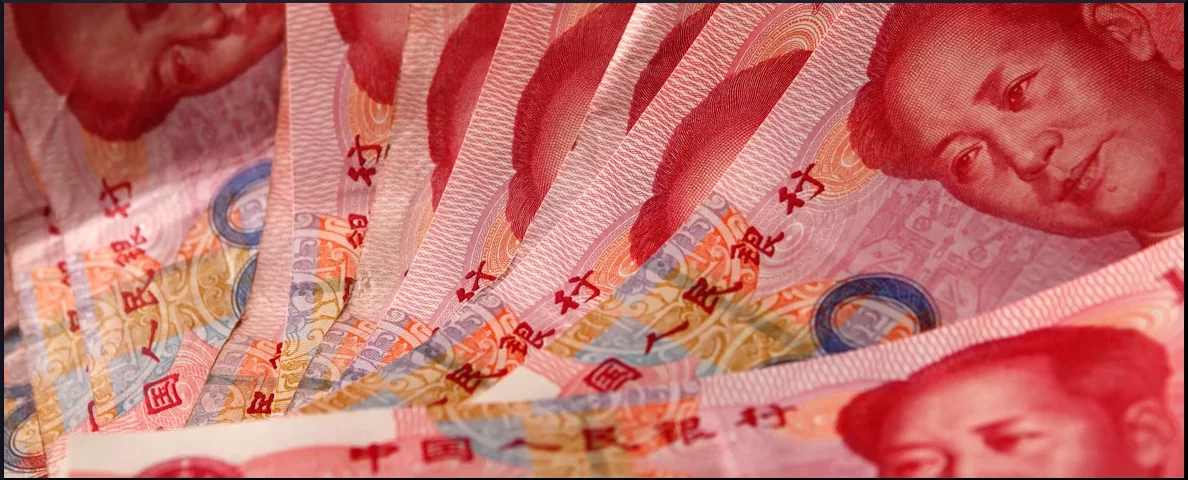from The Countercurrents Collective, July 3, 2023
Argentina made its latest payment on its $44 billion-loan to the International Monetary Fund (IMF) using its stock of Special Drawing Rights (SDRs) and Chinese yuan, according to the Economy Ministry. The SDRs are an asset within the IMF created to supplement countries’ official reserves.
According to government spokeswoman Gabriela Cerruti, the payment was made without tapping into the Central Bank’s US dollar reserves.
“This way, we comply with what we agreed upon with the Fund and, at the same time, we do not use reservs, nor we put the Central Bank’s reserves at risk,” Cerruti said at a press conference.
According to Bloomberg, for the $2.7 billion payment, the country used $1 billion in yuan from a currency swap line with China and $1.7 billion of SDRs.
“The Argentine authorities continue to remain currents on their financial obligations to the Fund,” IMF spokeswoman Julie Kozack said in a statement on Friday.
Argentina’s dollar position has been precarious for some time as domestic economic problems have drained the country’s dollar reserves, which are reportedly at their lowest level since 2016.
Argentina has been increasingly turning towards the yuan as an alternative means of payment. Earlier this year, Argentina renewed a currency swap agreement with China for 130 billion yuan (around $18 billion), which made the Chinese currency freely available in the country. Last month, Argentina’s central bank also announced its intention to allow the country’s commercial banks to open customer accounts in yuan to encourage local companies to make payments abroad in the Chinese currency. According to a statement published on the regulator’s website, it also pledged to boost its yuan sales to finance imports.
In April, Economy Minister Sergio Massa announced that Argentina will aim to pay for the bulk of its monthly imports from China in yuan rather than US dollars. China is currently Argentina’s second largest trade partner after Brazil, and the second biggest destination for Argentinian exports.
Argentina To Join BRICS Bank
Citing Dilma Rousseff, the head of New Development Bank (NDB), the BRICS bank, Telam news agency said in an earlier report:
Argentina is one step away from joining the NDB of the BRICS group of major emerging economies.
Rousseff, a former president of Brazil, told Argentinian Economy Minister Sergio Massa that the NBD’s board of directors had formally enabled her to vote on Argentina’s entry to the financial organization, the outlet said.
“Sergio, I have good news, I found the shortcut. The board of directors has agreed to add Argentina to the bank. It will be announced at the August meeting in South Africa,” Rousseff reportedly told Massa at the bank’s headquarters in Shanghai, adding that “it is the fastest way to go straight to August.”
The NDB was established by BRICS member states – Brazil, Russia, India, China, and South Africa – back in 2014. The five economies of the bloc account for more than 40% of the world’s population and nearly a quarter of global GDP.
The proposal on Argentina’s admission, backed by Brazil, will be discussed at the next meeting of NDB governors scheduled for the first week of August in South Africa.
For Argentina, membership of the bank offers the prospect of accessing financial assistance, the news outlet noted. To meet entry requirements, Argentina will have to make a contribution worth $250 million in sovereign bonds to the BRICS bank from its treasury.
The talks come at a time when the NDB is negotiating with Saudi Arabia on admitting the kingdom as the tenth member of the BRICS bank.
The NDB was launched with the purpose of financing infrastructure and sustainable development in member states and other emerging economies. It also aims to help member states reduce dependence on the US dollar and euro. The multinational lender continues to expand its global reach and already includes Bangladesh, the United Arab Emirates, Uruguay and Egypt. It has lent $33 billion to more than 96 projects in the five founding member nations.
